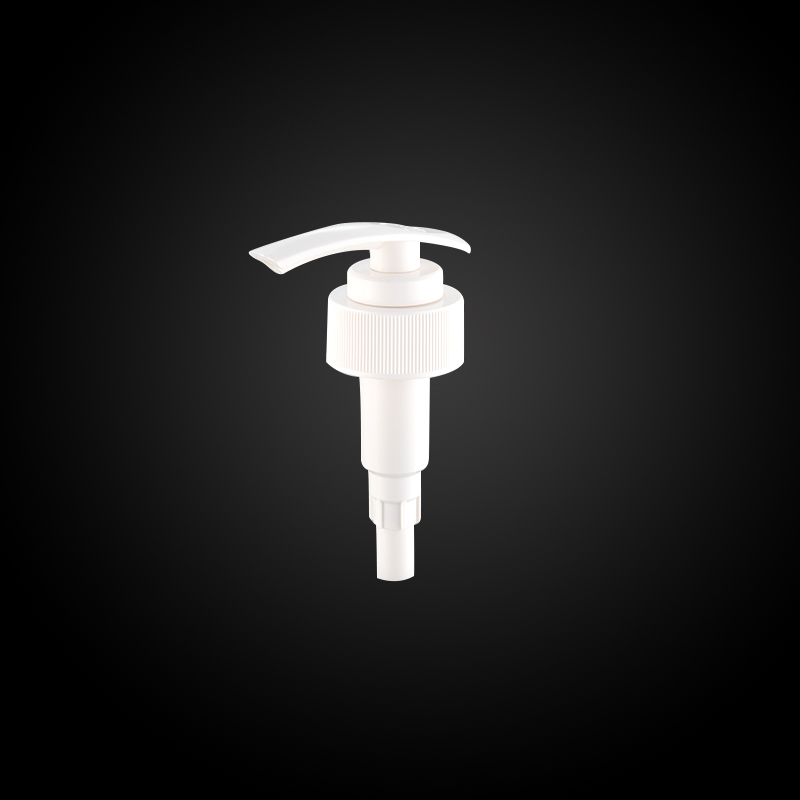Plastic emulsion pumps are one of the most popular loti […]
Plastic emulsion pumps are one of the most popular lotion pump dispensing methods for viscous products in the personal care and beauty industry, and come in various shapes and sizes. When used as designed, the pump will dispense the correct amount of product again and again. However, have you ever wondered what functions in the lotion pump make it work? Although there are hundreds of different designs on the market today, the basic principles are the same. Products go from bottle to hand. In general, an emulsion pump consists of the following components: the actuator or the pump head is the tool that the consumer presses to pull the product out of the container. The actuator is usually made of PP plastic and can have many different designs-and often has a locking or unlocking function to prevent accidental output. This is one of the component designs, which can separate one pump from the other in terms of appearance design, which is also the part where ergonomics plays a role in improving consumer satisfaction.

Closure: the assembly that screwed the entire assembly to the neck of the bottlePump gasket external gasket: The gasket is usually fixed inside the bottle cap by friction fit, and acts as a gasket barrier in the bottle mouth area to prevent product leakage. According to the manufacturer's design, this outer gasket can be made from a variety of materials: rubber, LDPE are just two of the many possible options.Pump housing: A housing sometimes called a pump assembly, this component holds all pump components in place and serves as a delivery cavity that sends product from the dip tube to the actuator and ultimately to the user's hand. This part is usually made of PP plastic. Depending on the output and design of the lotion pump, the size of the housing may vary greatly. Please note that if the pump is paired with a glass bottle, because the side wall of the glass bottle is thick, the width of the bottle mouth may not be enough to accommodate the housing-be sure to check its installation and function first.
Internal components of the pump ball internal components inside the housing These are components that vary according to the design of the emulsion pump. Some may even have additional components to assist the flow of the product, and some designs may even have additional housing components that isolate the metal spring from the product channel. These pumps are often referred to as having "metal-free channel" function, where the product will not Will be in contact with metal springs-eliminates potential compatibility issues with metal springs. Pump dip tube dip tube: a long plastic tube made of PP plastic that extends the range of action of the emulsion pump to the bottom of the bottle.
Depending on the bottle paired with the pump, the length of the dip tube will vary. You can learn about a three-step immersion tube measurement method here. A properly cut dip tube will maximize product use and prevent clogging. Emulsion pump parts The function of the emulsion pump is very similar to the suction device. Although the law of gravity is opposite, the suction device still pulls the product from the bottle to the consumer's hand. When the consumer presses the actuator down, the piston moves to compress the spring, and the upward air pressure pulls the ball, along with the product interior, up into the dip tube and then into the chamber. When the user releases the actuator, the spring returns the piston and actuator to their raised position, and the ball returns to its rest position, thereby sealing the chamber and preventing the liquid product from flowing back into the bottle.